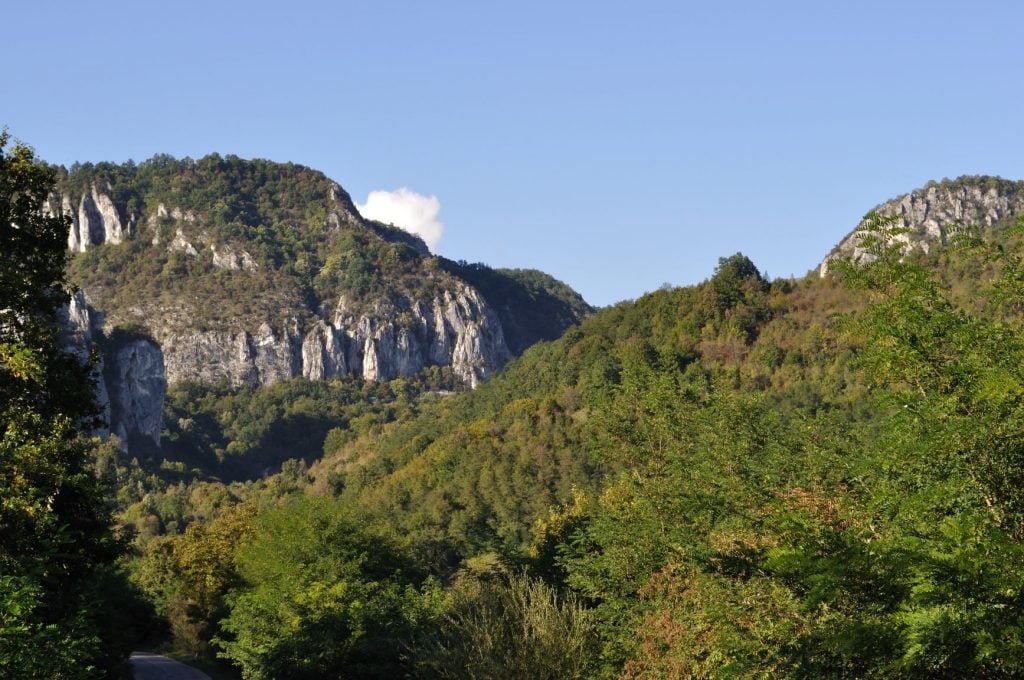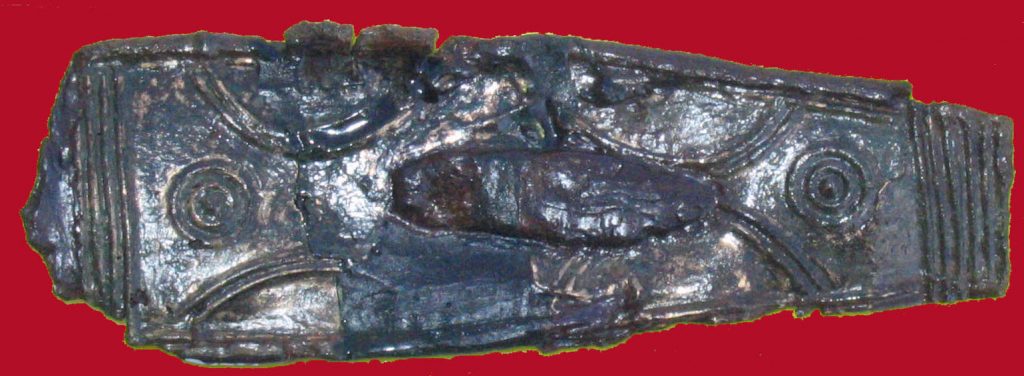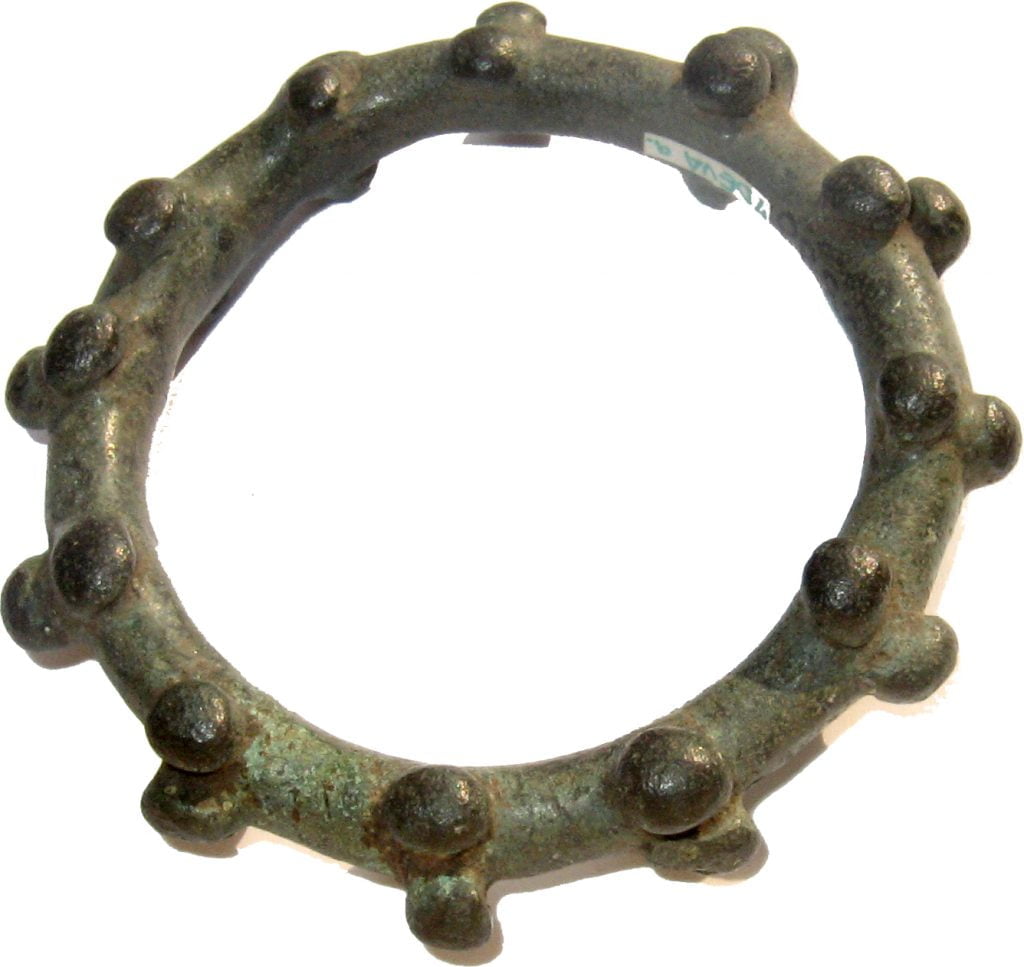"Cetăţuie" or "Cetăţeaua" hill is located within the town, on the administrative territory of Ardeu village, Balşa commune, Hunedoara, in the southern part of the village, on the left side of the county road DJ 705: Geoagiu - Balşa - Almaş - Zlatna. The attraction is located at a distance of approximately 10 kilometers from the spa resort Geoagiu - Băi and 16 kilometers away from the most important road in this area, namely the European road E 68 DN7). Several explanatory panels are located in the area, which has increased the attractiveness of the site.
The archeological site is situated on the eastern slope of Pleşii Mari, parallel to Cheile Măzii, upstream of Ardeu and Cheile Glodului. Although this site is spread over a smaller area , due to the fact that the left slope houses archeological traces of special significance, prehistoric pottery belonging to the Wietenberg, Ottoman, Coţofeni cultures and the first Iron Age, there is also an important Dacian fortification continuing from Roman times and traces of a medieval fortification. . The archeological site includes at this height (maximum altitude 450 m), to which is added “Dealul Judelui”, a plateau at the foot of “Cetăţuii”, as well as the low areas, located at the base of the hill, to the south, to the shore of Văii Ardeului, named "Gura Cheilor". To the north and on the whole west side, the hill is separated from the summit called "Cornet", by "Cheile Ardeului" - a narrow corridor, bordered by high walls.
The oldest traces of habitation belong to the Bodrogkerestur culture
The discovery and the beginning of the research on the surface of this site is debited to the first director of the museum in Deva: Téglás Gábor, who at the end of the 19th century, carried out an intense archeological activity.
The oldest traces of habitation belong to the bearers of the Bodrogkerestur culture, but later, the area was inhabited by the Coţofeni communities and later in the Bronze Age, and then is the first Iron Age when new human communities settled at the foot of the hill and on some of the terraces. During the Dacian era, a fortress was built on top of the hill. Archaeological research conducted between 2001 and 2015 identified elements of the fortification (local stone wall glued with clay), the traces of several houses, a "dwelling tower" (the palace of the Dacian nobleman) and a workshop.
Homes and objects discovered on the slopes of the hill
The beginning of the Dacian fortification can be traced to the first part of the 1st century BC. Chr. And the end during the wars with the Romans, at the beginning of the second century. On the terraces on the southern slope, were found houses which were built contemporarily with the fortifications.
Objects dating from the Dacian era also appear sporadically, and from the 4th century the number of pieces is higher, but for this chronological horizon no complexes have been identified. From the Middle Ages come a series of metal and ceramic materials, which can be dated to the X-XI centuries, as well as others, in the XV-XVI centuries.
In the southern part of the upper plateau there were also identified the traces of a stone wall fortification connected with mortar, whose dimensions we cannot estimate at this stage of research.
foto source: MCDR Deva













